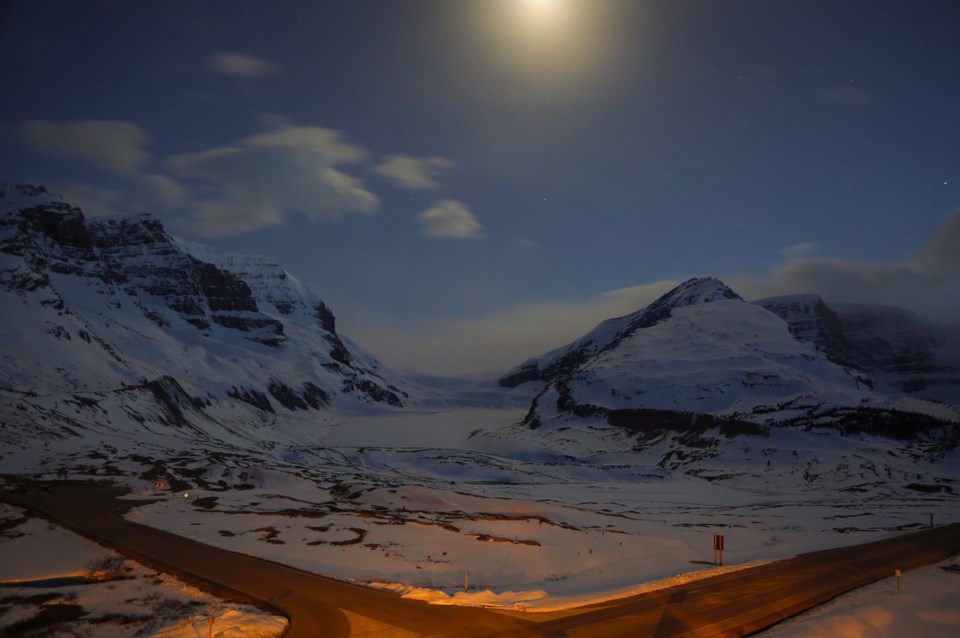EDMONTON — The main east-west highway through Jasper National Park is expected to reopen to all traffic Friday -- the first time since a wildfire forced 25,000 people to flee more than two weeks ago.
But when the road opens, there’s no stopping, not even for bathroom breaks.
Joe Zatylny, with Alberta's emergency management agency, said drivers cannot stop or exit Highway 16 given there are still active wildfires in the park.
"Everyone should make sure they have a full tank of gas before entering the park,” Zatylny told reporters Thursday.
“There will be no washroom breaks or refuelling.”
Drivers were encouraged to drive cautiously through the park, and follow speed limits and road signs.
The road, which opened last week to large commercial trucks, will stay open as long as it’s safe to do so given the fire in the park, which remains out of control.
The highway will open for 14 hours, from 7 a.m. to 9 p.m., unless fires threaten.
The Icefields Parkway, the north-south route linking Jasper and Banff national parks, remains closed except to those battling the fires.
However, certain sections of that highway were expected to reopen to general traffic starting Friday.
The Jasper fire forced 20,000 park visitors and 5,000 town residents to leave just over a day before a fire destroyed a third of all town structures on July 24.
Evacuees had to initially flee west to B.C. as the fire cut road access to the east and south.
Homes and businesses were destroyed but key infrastructure, such as schools and the water treatment plant, were saved. A timeline for town residents to return has not been set.
The fire, which measured 340 square kilometres in size Thursday, destroyed 358 structures in the town.
Flames damaged several bridges in the area, including the Moberly Bridge and the Old Fort Point Bridge.
Zatylny said the bridges mainly sustained cosmetic damage, adding that officials deemed the infrastructure safe.
"But of course, they're monitoring for any conditions to change," he said.
In the Jasper townsite, crews continued to clear away debris and reconnect gas, water and power.
They were also knocking over pieces of homes and buildings but only as a last resort if something like a chimney, tree or partial wall was proving a hazard and would prevent a homeowner or insurance adjuster from safely walking on the property.
“Crews are not sifting through or removing any debris on private property,” said a statement from federal officials.
Alberta Wildfire spokeswoman Christie Tucker said 115 wildfires were burning across the province, including 13 listed as out of control.
Two wildfires near Rocky Mountain House in central Alberta were being held, she said.
Tucker also said southern parts of the province have seen rain, reducing fire behaviour. With warmer temperatures expected in the north, resources from the south were being repositioned, she said.
She said 119 Canadian soldiers working on the Jasper fire were being redeployed north to High Level to help fight fires there.
This report by The Canadian Press was first published Aug. 8, 2024.
Aaron Sousa, The Canadian Press



